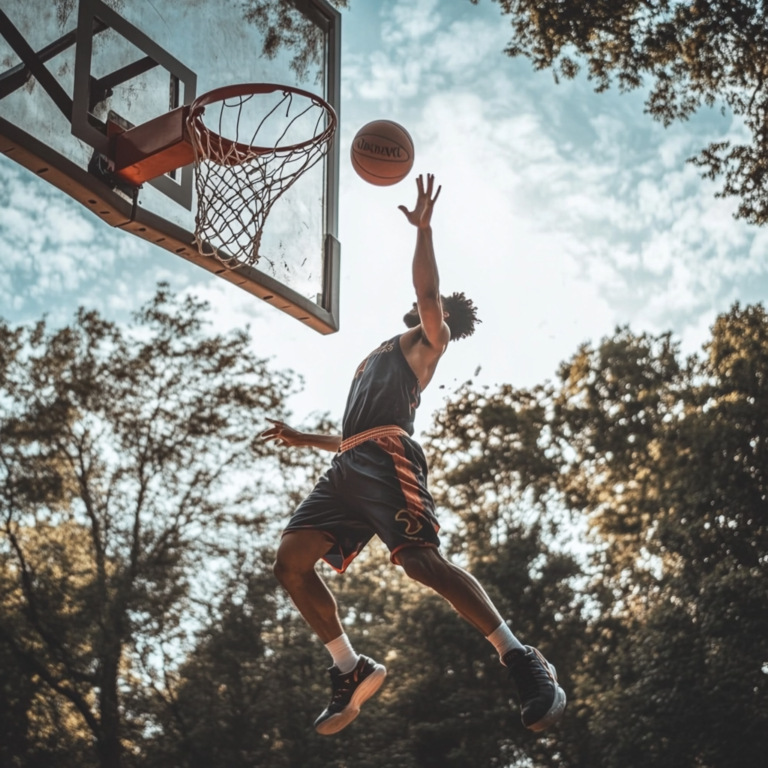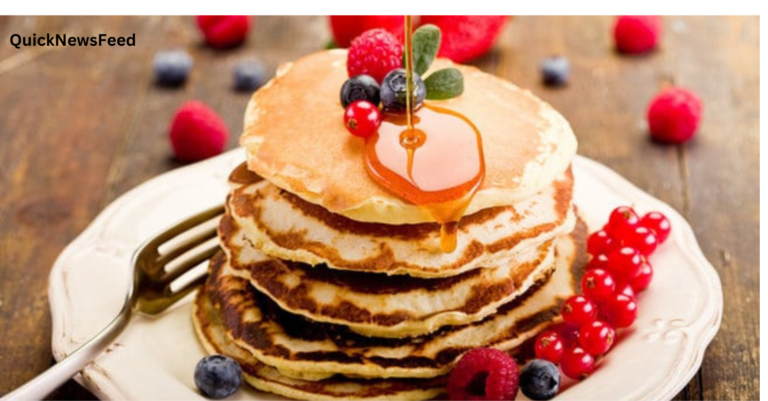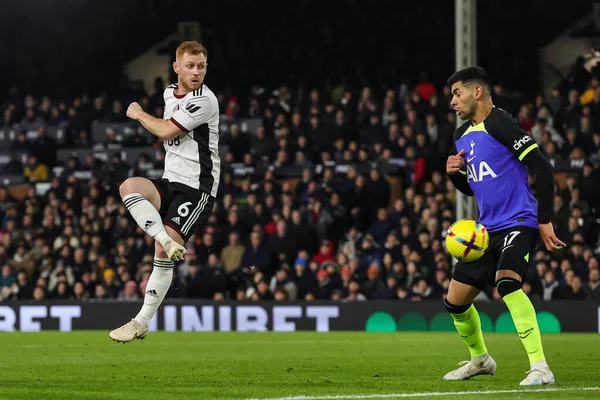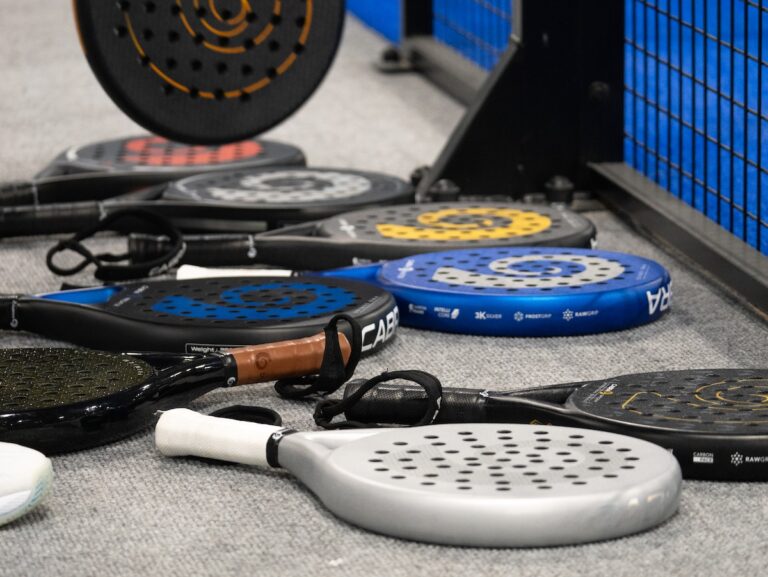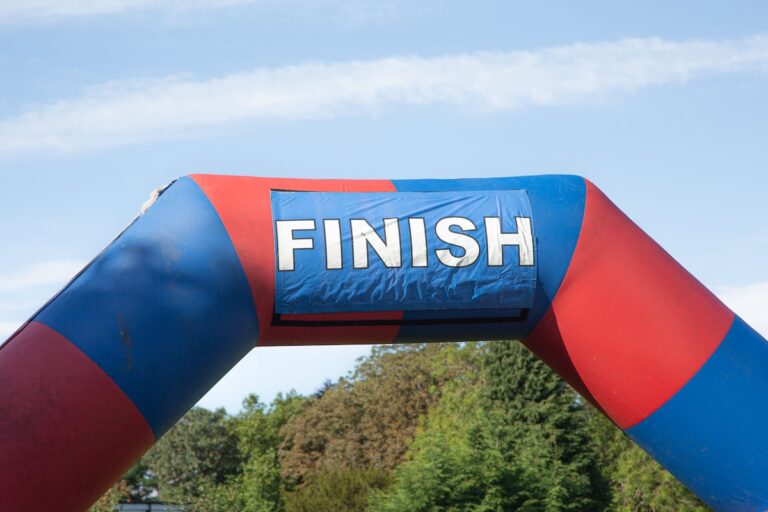The basketball hoop could be designed in many different methods. People typically get a basketball hoop like a pole in the floor and a backboard having a rim attached. Could view is generally proper, a lot of basketball nets today have numerous features that exceed this general explanation. These features were made to enhance the game as well as, if understood properly, can also greatly improve a player’s personal fitness training. Some of these features consist of height adjustments, break-away rims, different materials backboards, and the scale the backboard.
Golf ball Hoops Height Changes
While standard elevation of a basketball product is to have the rim arranged at 10 toes., most beginning gamers will find this most of a rim to become very difficult to practice their own shot. Many golf ball systems have a fixed-height design and so more youthful players would have no other choice than to wait to grow high and strong sufficient to have the ball achieve the rim. This particular waiting period waste products many useful many years the player could be building their shot. Due to this problem, many techniques today feature height-adjustable rims. Lower-end hockey hoops from Life time Products and Spalding function height adjustments right down to a 7. 5-ft. high rim.
Some other high-end systems such as Spalding’s Arena See line, Goalsetter baseball systems, and others can alter to much lower levels; some systems may even go as low as five. 5 ft. Whilst such a low level is much easier to take on, 5. a few ft. is probably not required. Most youth leisure leagues start participants shooting an a side height of 7-8 ft. This variety makes the players need to work to develop their particular shot while not smashing their hopes with the rim past an acceptable limit out of reach. High-end devices that have this collection include Mammoth Hockey Hoops, Goalsetter Baseball Systems, and Industry View Basketball Objectives.
Break-away Rims
Like a basketball player evolves their game, especially male athletes, the actual rim design will quickly be important. Different rims and tires provide better playability as players get to the age of dunking. Executing a slam dunk will not occur often within younger athletes; however as a player gets to the High School age group, they will likely be able to create their vertical leap sufficiently to soak the basketball. At this stage in the basketball player’s development, static or even stationery rims could be broken and their field hockey system is likely to be harmed.
In most high colleges, the NCAA, and also certainly the NBA, break-away rims are utilized. The break-away style allows the casing to be slightly homeless out of the mounting system attached to backboard and also to snap back into location after the rim is actually released. This functions not only provides higher longevity out of the court system, but also offers safety for the gamer. Were a player in order to dunk sufficiently very a static this particular, the rim might be completely torn from the backboard and the participant would fall in whatever direction his or her impetus was going. Most of these problems are minimized using a break-away rim.
Field hockey Backboard Materials
Various backboard materials vary greatly in exactly how well the basketball game bounces or “rebounds” off of the surface. Within increasing order associated with reboundability, backboard components would rank below: plastic, polycarbonate, polymer, and then glass. Actually difference in jump may seem trivial to a lot of basketball players, backboard material on ball hoops can help or perhaps hinder a player’s shot development. Particularly, a shot that is used frequently a player advances his / her skills is the “bank shot. ” This specific shot describes the gamer shooting at the backboard with the hope of jumping the ball in to the rim. With lower-end materials – just like plastic, polycarbonate, along with acrylic – the lender shot can become significantly altered if the backboard absorbs the impact from the ball.
Glass, essentially, has no absorption in the basketball’s impact; therefore , a player developing their very own game will be able to easier fine tune the bank photo on a glass backboard than a backboard made from the other materials. Among the other materials for a backboard, their is not offers much difference inside quality of bounce back. For instance, most people will not be able to identify the difference between a good acrylic rebound along with a polycarbonate rebound.
The reason why the materials tend to be ranked in the purchase they are above is really because the material of the backboard tends to coincide to features that assist stabilize the system. For instance , no basketball program currently exists on the market that has a plastic backboard and a square rod, but there are this kind of systems in both polycarbonate and acrylic. Absolutely no, polycarbonate backboard presently exists on a method with larger than the 4×4 inch sq . post, but you will find such systems having an acrylic backboard. The greater stable the golf ball hoop is general, the more stable the particular backboard will be and also the better the come back will be.
Basketball Hoops’ Backboard Size
Lastly, the last thing to be regarded as in this article will be the scale the backboard. Upon regulation-sized basketball nets, the official backboard dimensions are 72″ wide back button 42″ high. Using this size, many smaller sized backboard occur in many different systems. Life-time Products produces a backboard as small as 42 ins wide. Spalding creates a backboard as small as 47 inches wide. Similar to the material of the backboard, for advanced members, a bigger backboard is really a better backboard.
A bigger backboard allows the ball player to develop a full selection of shots they could use within their game. A somewhat backboard takes away most of the range of bank photos that could be employed in an activity. Most high educational institutions have a regulation-sized backboard and so a player may have a better personal exercise the closer all their basketball backboard involves 72 inches broad and 42 in . high.
Basketball Add-ons for Basketball Nets
Many basketball add-ons exist to help an athlete practice on their own. A couple will be considered below. One of these accessories is actually a hoop chute (also called a personal rebounder or a back-atcha chute). This accessory connects to the bottom on the the rim in addition to functions to immediate the ball returning to the shooter. This kind of mechanism allows a person to shoot much more shots on average for any set period of time than when the player had to recurring their own shot.
Another accessory worth talking about is a ball trolley. A ball wagon usually functions to maintain basketballs when they are they are not being used; but , for a hockey player practicing on their own, a basketball basket allows a player to be able to fine tune their vary from different locations within the cart by having a number of basketballs at their disposal for you to shoot continuously through the same location. Both these accessories make more effective use of personal training time
